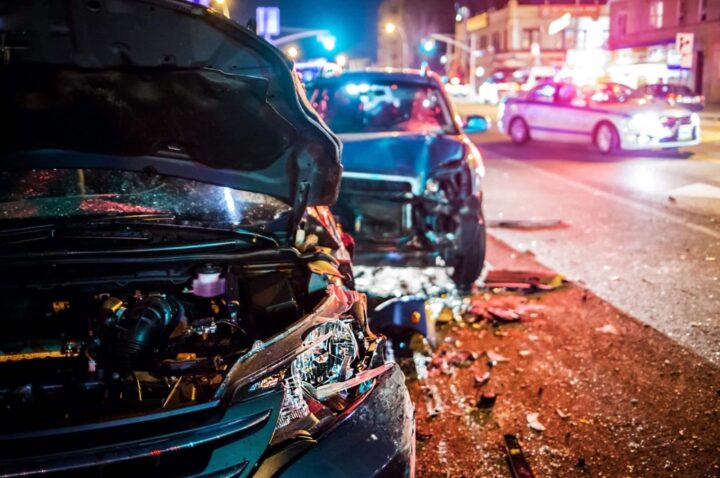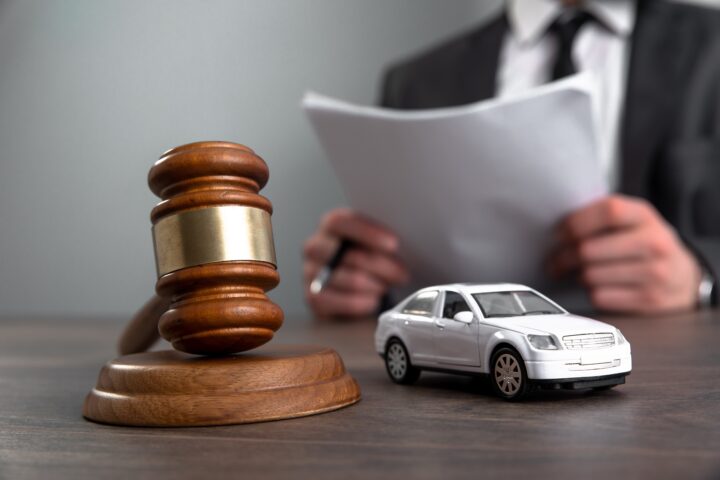Car accidents can be devastating, both physically and financially. If you have been in a car accident, understanding the legal concept of negligence is essential to determine who is responsible for the accident and who should pay for the damages.
This article provides a comprehensive overview of negligence in car accident cases, including its definition, elements, types, how it is proven, and what to do if you are injured.
Understanding Negligence in Car Accident Cases
Car accidents are unfortunately common occurrences and can result in devastating consequences for those involved. It is essential to understand the concept of negligence in car accident cases, as it can determine who is responsible for the accident and who should pay for the damages. In this article, we will further explore the topic of negligence in car accident cases and provide additional insights into what to do if you are injured in a car accident.
Negligence in car accident cases is defined as the failure to take reasonable care to prevent harm to others. This can occur when a driver fails to exercise the level of care that a reasonably prudent person would have exercised in the same situation. To prove negligence in a car accident case, four elements must be established: duty, breach, causation, and damages.
Definition of Negligence
Negligence is the failure to take reasonable care to prevent harm to others. In the context of car accidents, negligence occurs when a driver fails to exercise the level of care that a reasonably prudent person would have exercised in the same situation.

Elements of Negligence
The first element of negligence is duty, which refers to the driver’s obligation to exercise reasonable care while operating the vehicle. The second element is breach, which occurs when the driver fails to exercise reasonable care. Causation is the third element and establishes that the driver’s breach of duty caused the accident. Finally, damages refer to the actual harm caused by the accident, such as physical injuries, property damage, or financial loss.
To prove negligence in a car accident case, the following elements must be established:
- Duty: The driver had a duty to exercise reasonable care while operating the vehicle.
- Breach: The driver breached that duty by failing to exercise reasonable care.
- Causation: The driver’s breach of duty caused the accident.
- Damages: The accident caused actual damages, such as physical injuries, property damage, or financial loss.
Types of Negligence
There are two types of negligence that can be applied in car accident cases:
Contributory Negligence
Contributory negligence occurs when the injured party contributed to the accident in some way. In states that follow the doctrine of contributory negligence, if the injured party is found to have contributed to the accident, they are barred from recovering any damages from the other party.
Comparative Negligence
Comparative negligence is a legal doctrine that allows the injured party to recover damages even if they were partially at fault for the accident. Under comparative negligence, the injured party’s damages are reduced by the percentage of fault that is attributed to them.

How Negligence is Proven
To prove negligence in a car accident case, the injured party has the burden of proof. This means that they must establish all four elements of negligence by a preponderance of the evidence, which means that it is more likely than not that the other driver was negligent. Evidence such as police reports, witness statements, photographs of the accident scene, and medical records can be used to support the claim.
Burden of Proof
In a car accident case, the injured party has the burden of proving negligence on the part of the other driver. This means that they must establish all four elements of negligence by a preponderance of the evidence, which means that it is more likely than not that the other driver was negligent.

Evidence in Negligence Cases
To prove negligence, the injured party must present evidence that demonstrates the other driver’s breach of duty, causation, and damages. This can include police reports, witness statements, photographs of the accident scene, medical records, and any other evidence that supports their claim. It is important to gather this evidence as soon as possible after the accident to ensure that it is preserved and to strengthen your case.
What to Do If You Are Injured in a Car Accident
If you are injured in a car accident, it is crucial to seek medical attention immediately, even if you do not feel injured. Hidden injuries that may not be immediately apparent can have serious consequences if left untreated. It is also essential to contact a personal injury lawyer to help you navigate the complex legal process of filing a car accident claim. They can assist you in gathering evidence, negotiating with insurance companies, and representing you in court if necessary.
Seek Medical Attention
Your health and safety are the top priority after a car accident. If you are injured, seek medical attention immediately. Even if you do not feel injured, it is still important to see a doctor as soon as possible to rule out any hidden injuries that may not be immediately apparent.

Contact a Personal Injury Lawyer
A personal injury lawyer can help you navigate the complex legal process of filing a car accident claim. They can assist you in gathering evidence, negotiating with insurance companies, and representing you in court if necessary. Hiring a personal injury lawyer can increase your chances of receiving a fair settlement for your injuries and damages.
Understanding negligence in car accident cases is essential for anyone who has been in an accident. By knowing the legal concept of negligence and its elements, you can determine who is responsible for the accident and who should pay for the damages. If you are injured in a car accident, seeking medical attention and contacting a personal injury lawyer can help you protect your legal rights and receive the compensation you deserve.
In conclusion, car accidents can be traumatic, but understanding negligence in car accident cases can help you protect your legal rights and receive the compensation you deserve. By knowing the legal concept of negligence and its elements, types, and how it is proven, you can determine who is responsible for the accident and who should pay for the damages.
If you are injured in a car accident, seeking medical attention and contacting a personal injury lawyer can help you protect your legal rights and increase your chances of receiving a fair settlement. Remember, if you need legal assistance, visit and book a free consultation at: https://www.800painlaw.com/.




